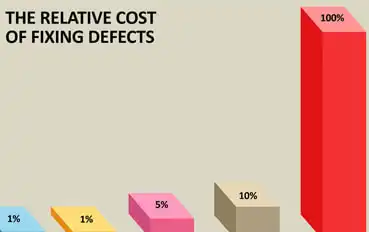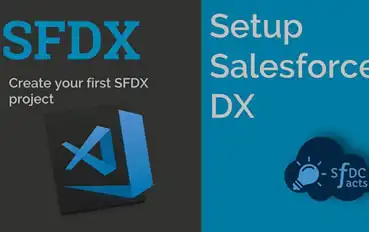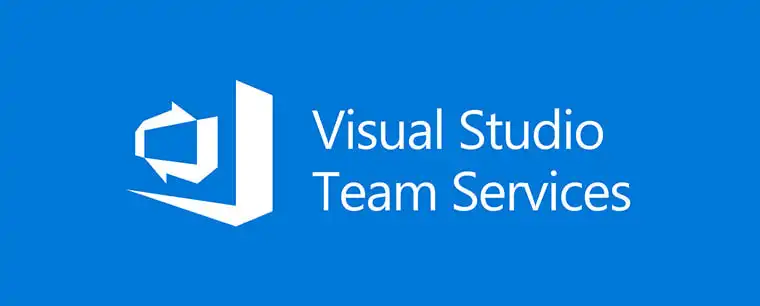Here are 9 reasons release managers need to scan source code:

RELATED BLOG POSTS
Setting Up and Using CodeScan Effectively
Running CodeScan on your Salesforce Org is a great first step towards quality code, but maintaining that quality is a Read more
Estimating ROI with CodeScan
Every Software Development Professional knows the following fact: the later bugs are found, the more expensive they are to fix. Read more
SFDX Tutorial | Setting Up CodeScan
Salesforce DX is a new focus on source-driven, collaborative development. The Salesforce CLI (Command Line Interface) easily integrates into your Read more
CodeScan and Visual Studio Team Services
Visual Studio Continuous IntegrationVisual Studio Team Services (VSTS) is a quick and powerful tool to set up continuous integration and Read more

 Code overwrites, improper coding structures, and mistakes can have disastrous impacts on a DevOps project. Scanning source code helps eliminate these threats.
Code overwrites, improper coding structures, and mistakes can have disastrous impacts on a DevOps project. Scanning source code helps eliminate these threats.
 The people who use your products don’t like surprises. They want to know what to expect and how your release is going to fit within their system. And as you produce reliable, consistent products over time, your esteem in the market will grow.
The people who use your products don’t like surprises. They want to know what to expect and how your release is going to fit within their system. And as you produce reliable, consistent products over time, your esteem in the market will grow.
 Overseeing the various aspects of a development pipeline can be daunting. There are multiple handoffs between teams, which can also be potential failure points. The only way to avoid numerous mistakes throughout these processes is to implement multiple rounds of testing.
Overseeing the various aspects of a development pipeline can be daunting. There are multiple handoffs between teams, which can also be potential failure points. The only way to avoid numerous mistakes throughout these processes is to implement multiple rounds of testing.


